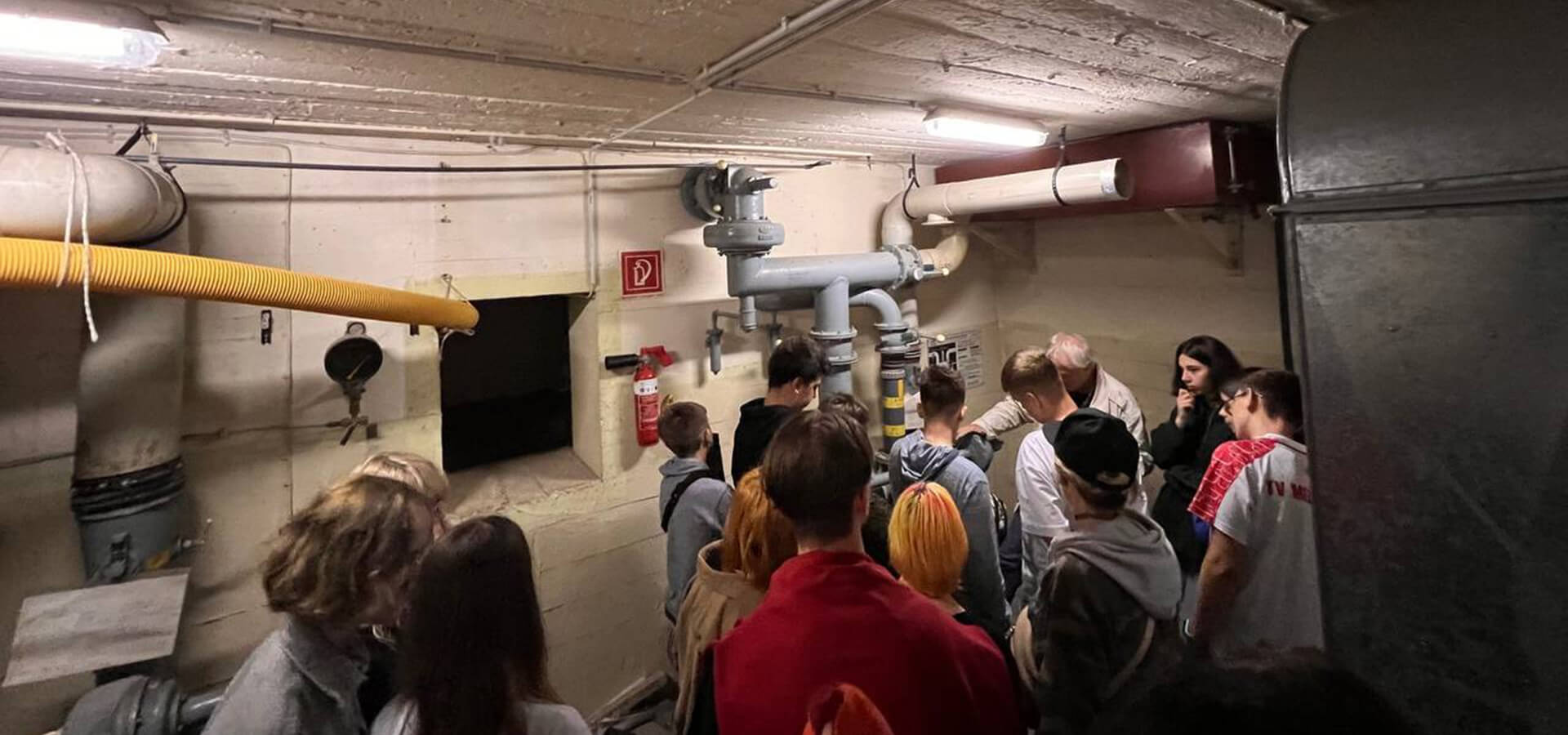
Strange Artifact - Something About German Civil Protection Objects
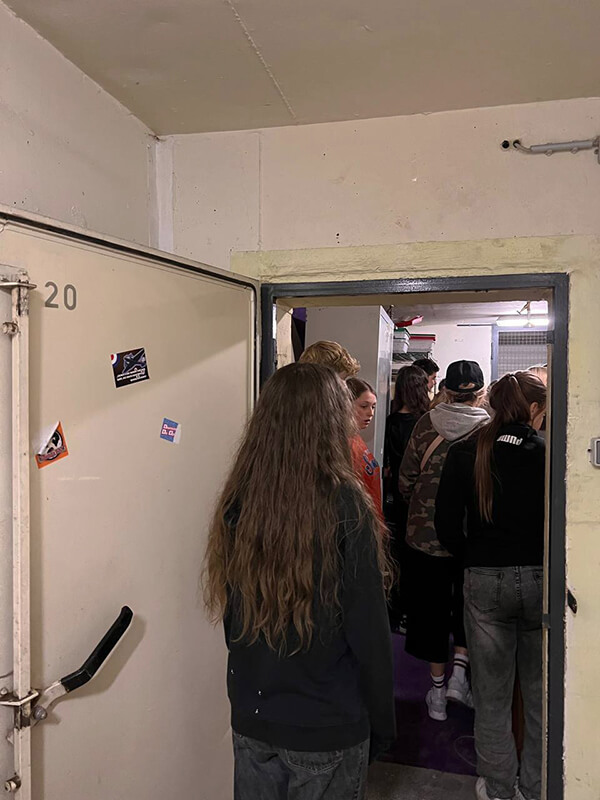
Recently my sister made a very original fit for me… Really unexpected!!!
Knowing my interest in urban exploration and stalking, she brought me a strange artifact – a magazine-instruction for caring for the air-raid ventilation system (I somehow understood this at the first review).
It sounds trite, but this object in Oldenburg (Germany), dated from 1966 to 1982!!! Think for a moment – this is BRD territory (Bundesrepublik Deutschland – Germany – Republic of Germany) during the First Cold War.
First review.
What surprised me was that the document was not printed, but completely handwritten. Someone will ask – «But this is 1966 – is it worth being surprised here?»
I think it’s still worth wondering, because at that time in Germany they were already producing some pretty cool typewriters. So the question is «why the manuscript?» – remains open. Although, as an assumption, the original was written by hand, and this may be a blueprint.
Knowing the scrupulousness of the Germans, their love for bureaucracy and all types of instructions, I understand that there should be a whole bunch of such magazines. So it’s not a fact that this is the first of the magazines, but far from the last – because, probably, this object is still used. That is why I do not dare to date this object to 1966.


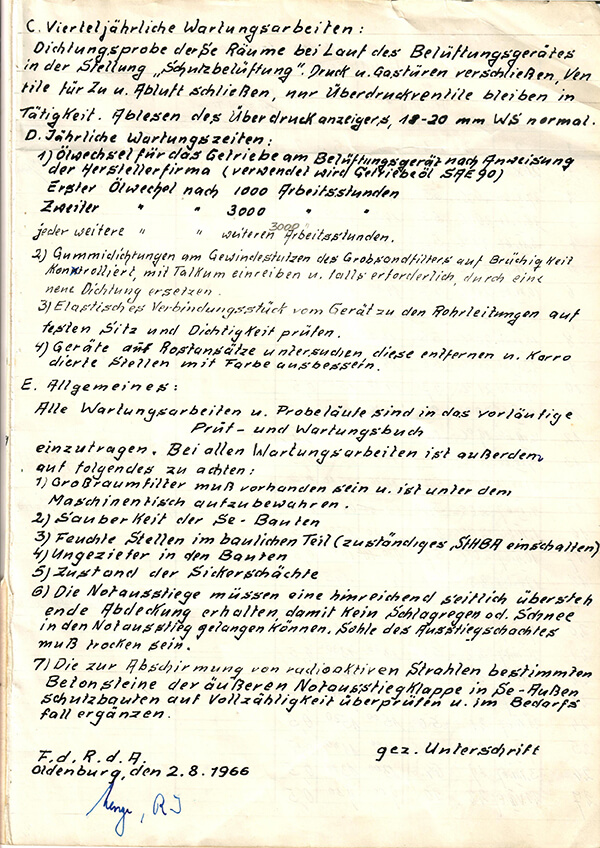
Since I almost don’t know German (I learned English at school), so I didn’t understand everything right away – only a few words: «bunker», «valves», «radiation», «humidity», «engine» – and so on. From this it became clear to me that we are talking about ventilation systems, and I was not mistaken.
The document itself is small:
- title page with the name, object and equipment identifiers;
- two pages with description and instructions;
- several pages of a journal with an equipment overview table in the columns of which the following data was entered – record number / date of testing / room temperature / relative humidity / time of testing “from” – “to” / duration in hours / overpressure in mmHg / two columns with notes / date and supervisor’s signature.
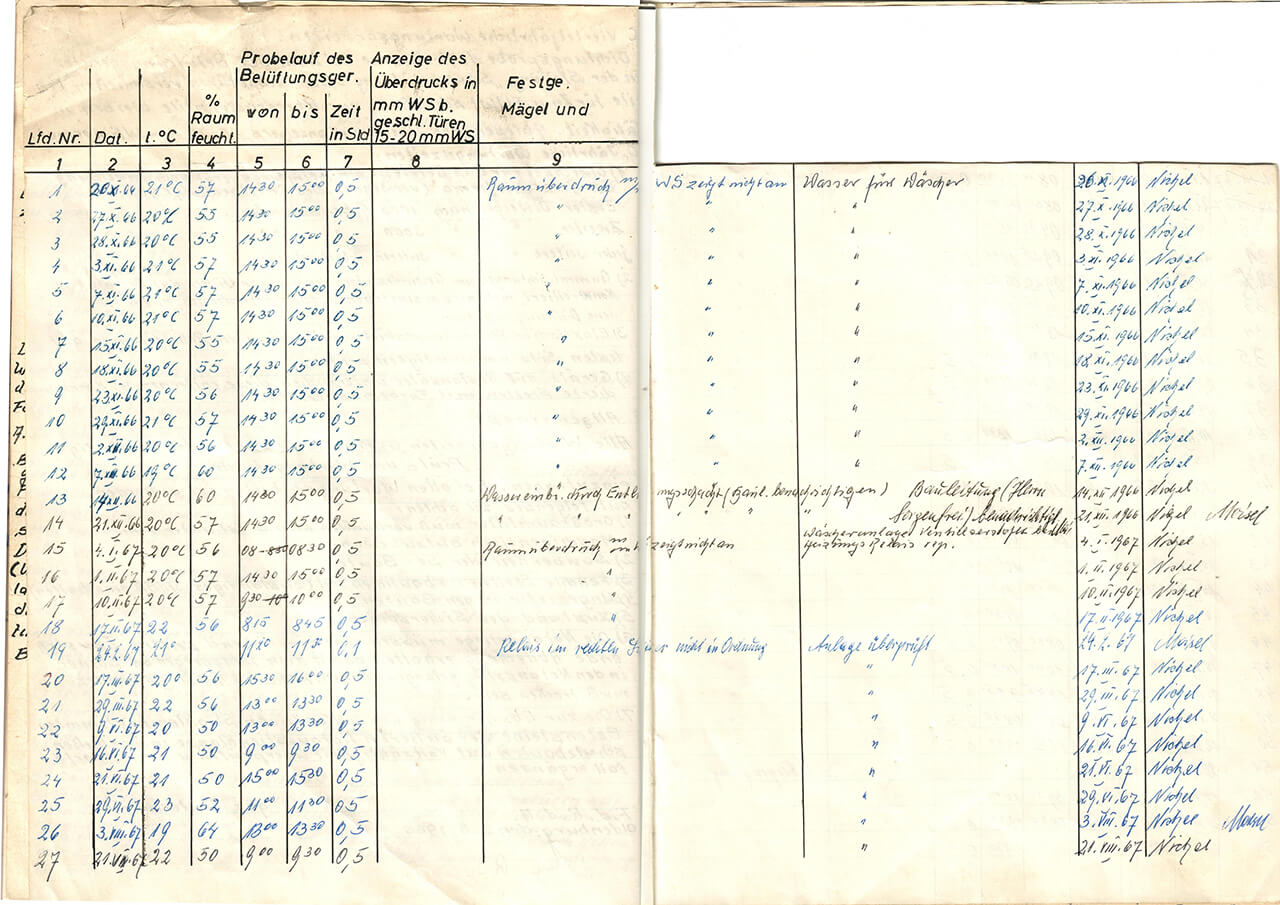

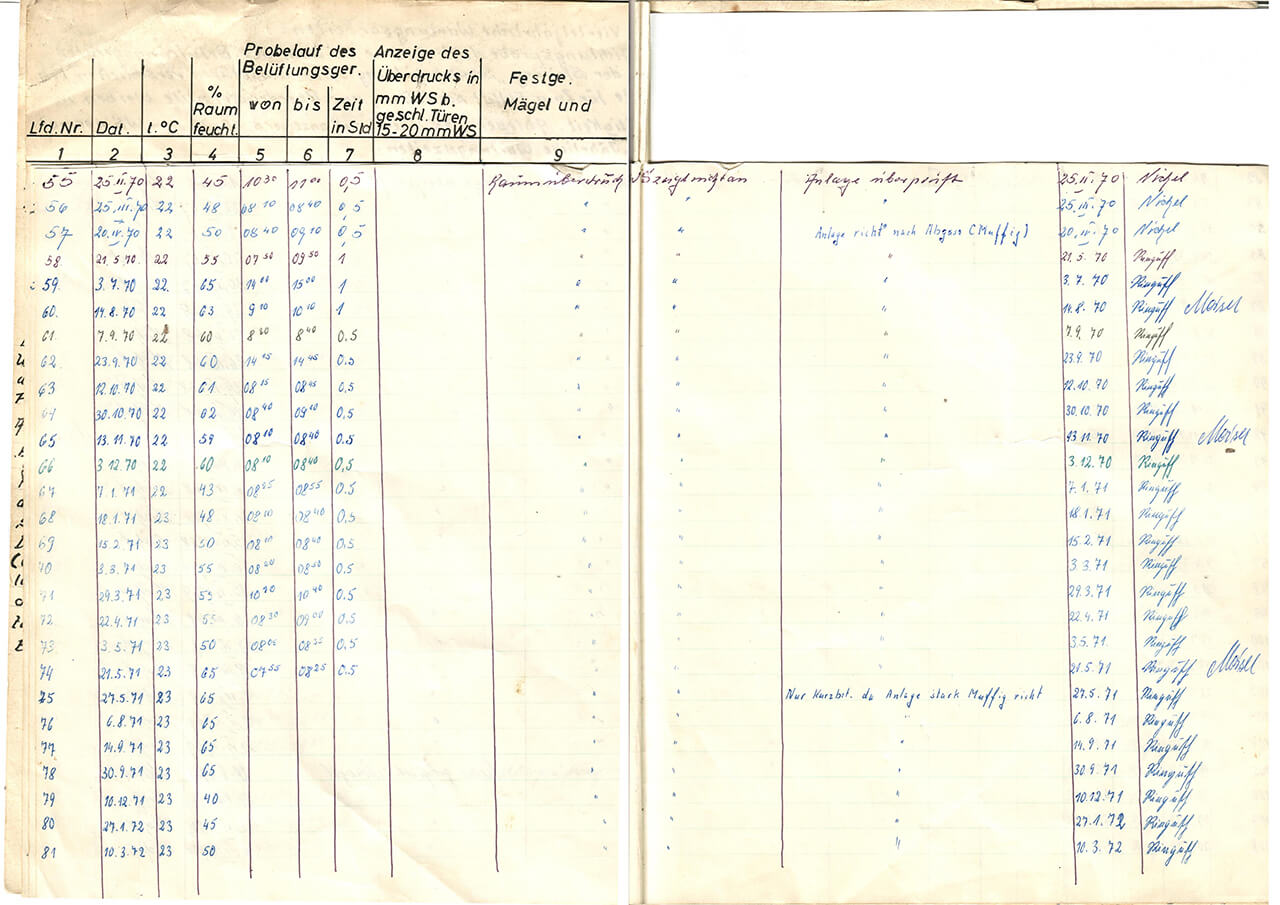

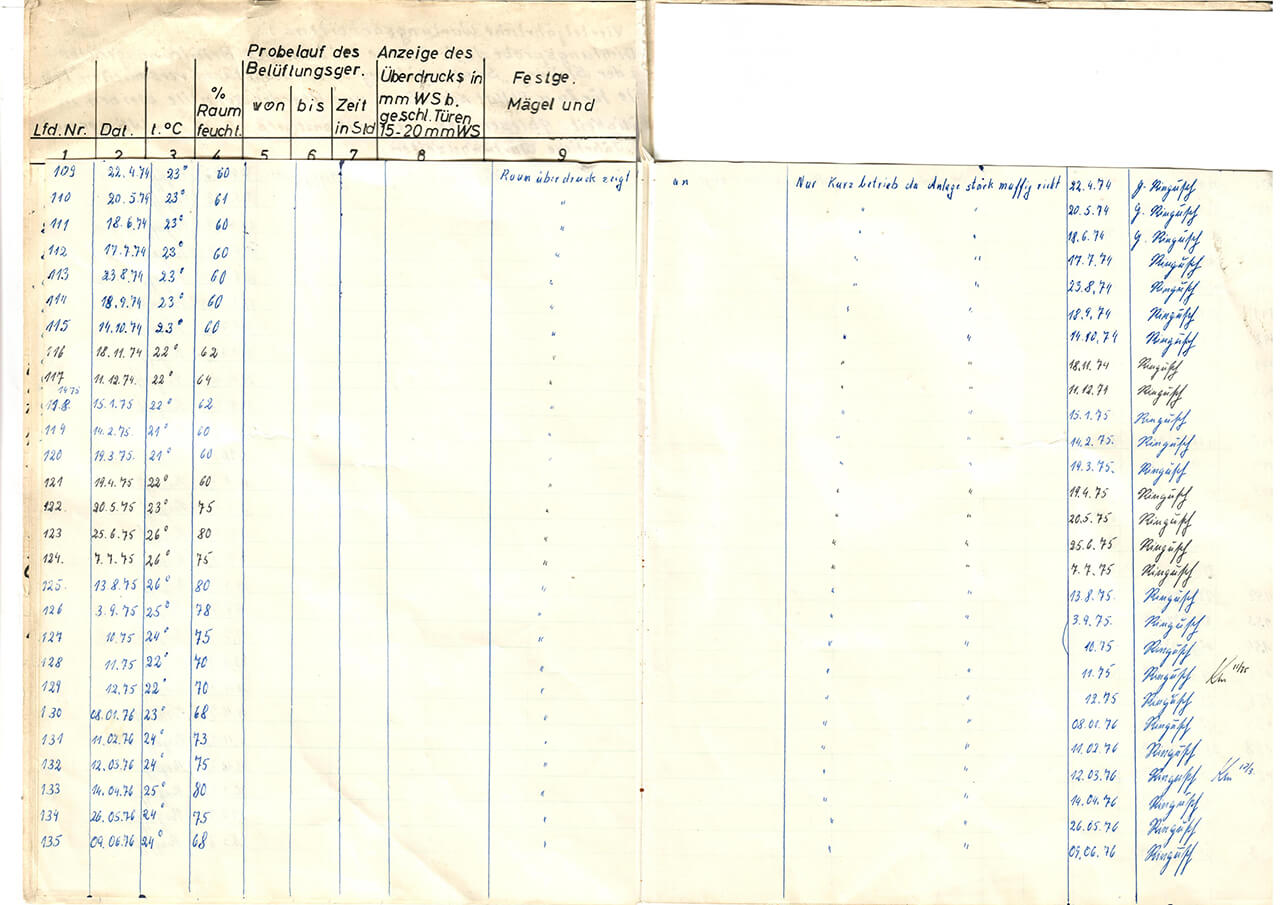


Looking through the inspection log, I noticed that in 1967 the inspection was carried out 18 times (about once every three weeks), and by 1981-1982 the number of inspections had decreased to 5 times a year. I wonder why?
Did the mentality of the Germans change in this way, due to the gradual decrease in the influence of the Cold War, did the regulatory instructions for the maintenance of such equipment change in this way? According to this trend, today the number of such inspections could probably decrease to one or two times a year.
A guess, it’s just a guess! So I spent a few days translating the first three pages of this document (because the table that goes on is so clear). Here’s what I got!
____________title_page____________________________________________
Department of Defense II
Journal of preliminary testing and maintenance of technical equipment in the premises and structures of external security
Location: Oldenburg
Ownership: Donnershwee
Building No. 35
Room type – bunker
Ventilation device: Normal and filtered
Manufacturer: Piller K.G.
Type: ND2-265/230
Year of installation: 1966
Machine No. L1513 Mot.Nr108844
Machine No. L7,511.5 Mot.Nr109132
Copy
Defense Area Administration N. Annex 1
f.93.91-92.:40-20-30
Preliminary instructions for the maintenance of ventilation systems in houses
Indoor ventilation devices and external protective structures require regular maintenance to ensure their performance.
Among them:
- ventilation devices,
- stop valve,
- exhaust valves,
- quick release valves
- overpressure valves,
- door seals.
Service Maintenance of the equipment is still carried out in accordance with the manufacturer’s operating and maintenance instructions, which must be kept in a strong protective package on the ventilation unit. Subsequent maintenance work must be carried out at regular intervals.
A/ Once every 14 days (if not needed first because of the ban requirement! If the humidity is constantly above the norm, which cannot be eliminated with the help of ventilation equipment, this must be reported).
Trial operation of the ventilation device (2 hours) on a dry day in the afternoon (dry air, sufficient electricity, no increase in peak loads):
Here are such 3u-u. Open exhaust valves in separate rooms (circulation of stale air, dehumidification of buildings). The test run does not apply to ventilation devices installed in the basement and used by personnel, since the devices operate several hours a day for ventilation.
B/ Monthly maintenance:
- Clean *air filter paint. (*maybe it’s a sealant or grease on the joints).
- Cleaning of valves and gate valves.
- When checking the suitability of the threaded spindles on the valves, lubricate the spindles with a mixture of graphite and grease, if necessary.
- Clean the valve seats and lightly coat them with a mixture of graphite and grease.
- Lubricate the covers by lubricating them.
- Checking rubber seals on pressure and gas valves to ensure they are in perfect condition and fit.
Note. Room doors must be moved in such a way that chains or padlocks leave enough air so that the rubber seals are not pre-pressed.
C/ Quarterly maintenance work:
Leak test of these rooms with a ventilation unit operating in the “Schulz Ventilation” position. Hermetic and airtight doors should be bolted to prevent the release of air, only overpressure valves remain in operation. Overpressure indicator reading, 18-20 mmHg.
D/ Annual maintenance time:
- Changing the oil in the box on the ventilation unit in accordance with the manufacturer’s instructions (using SAE 90 gear oil)
First oil change after 1000 hours of operation
Second ”_____” 3000
Each additional ”_____” additional hour of work - Rub talc on the rubber seals on the coarse sand filter thread to check for brittleness and, if necessary, replace with a new seal.
- Check the elastic connection of the device with pipes for tightness and leakage.
- Check the device for signs of rust, remove them and paint over the damaged areas with paint.
E/ General:
All maintenance and test sounds must be recorded in the previous test and maintenance log. For all maintenance work, the following must also be observed:
- The volumetric coarse filter must be accessible and stored under the machine table.
- Cleanliness of buildings
- Damp spots in the structural part (contact the responsible SIHBA).
- Beetles in buildings.
- Condition of the drainage shaft.
- Emergency exits must have a cover that protrudes from the side sufficiently to prevent rain or snow from entering the emergency exit; the bottom of the outlet shaft must be dry.
- Check the completeness of the concrete blocks of the external emergency exit in the external protective structures Se intended for protection against radioactive radiation, and add them if necessary.
Signature
Copy is right
Oldenburg August 2, 1966
____________________________________________________________________________
But that’s not all I’ve been able to find out.
I am not me until I know (at least remotely) what kind of object it is. I asked a little, found out the address of the object.
Weiße Rose 1, 26123 Oldenburg, Germany
– in this building there is a youth cultural center. Such a pretty traditional German building with an attic floor, and under that building is the same “Gebäude – Nr. 35/Raum-Nr. Bunker”
Here are a couple of screenshots from Gogol-Map;)
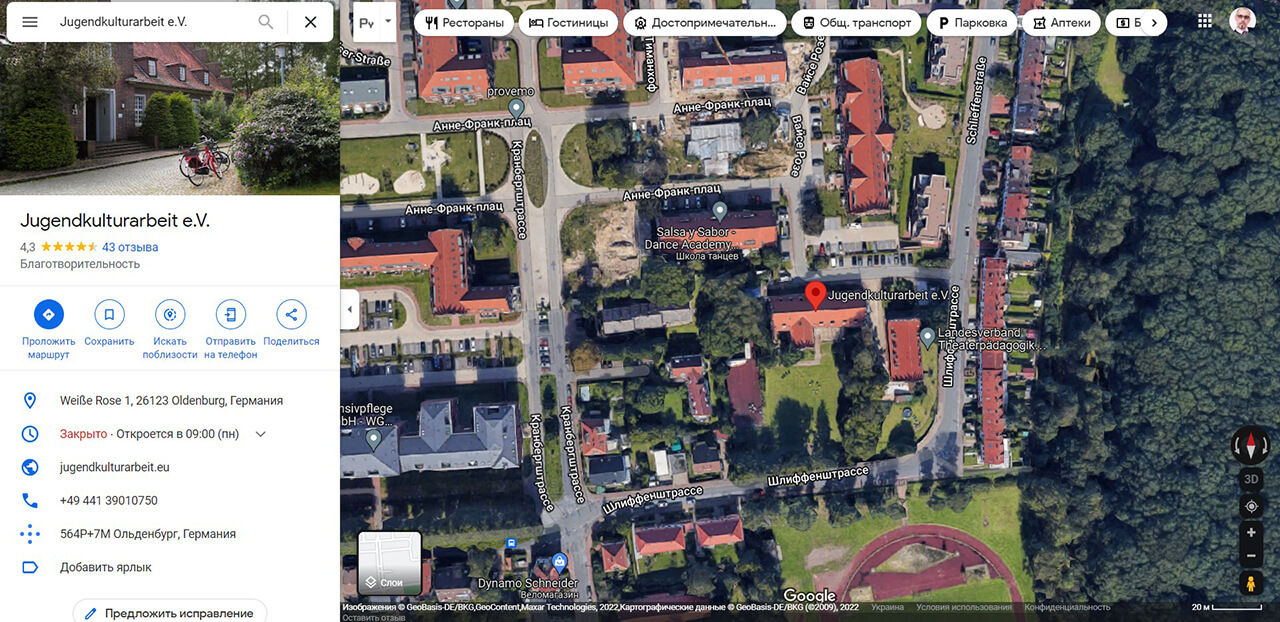

And also, thanks to Lör, I managed to get some fresh photos from the bunker itself, and judging by what I saw, the state of the civil protection facility is in almost perfect condition, it is dry there, there is electricity, all the units and valves are in the city and in working condition ….
… which cannot be said about the state of the TsZ bombers in our country.

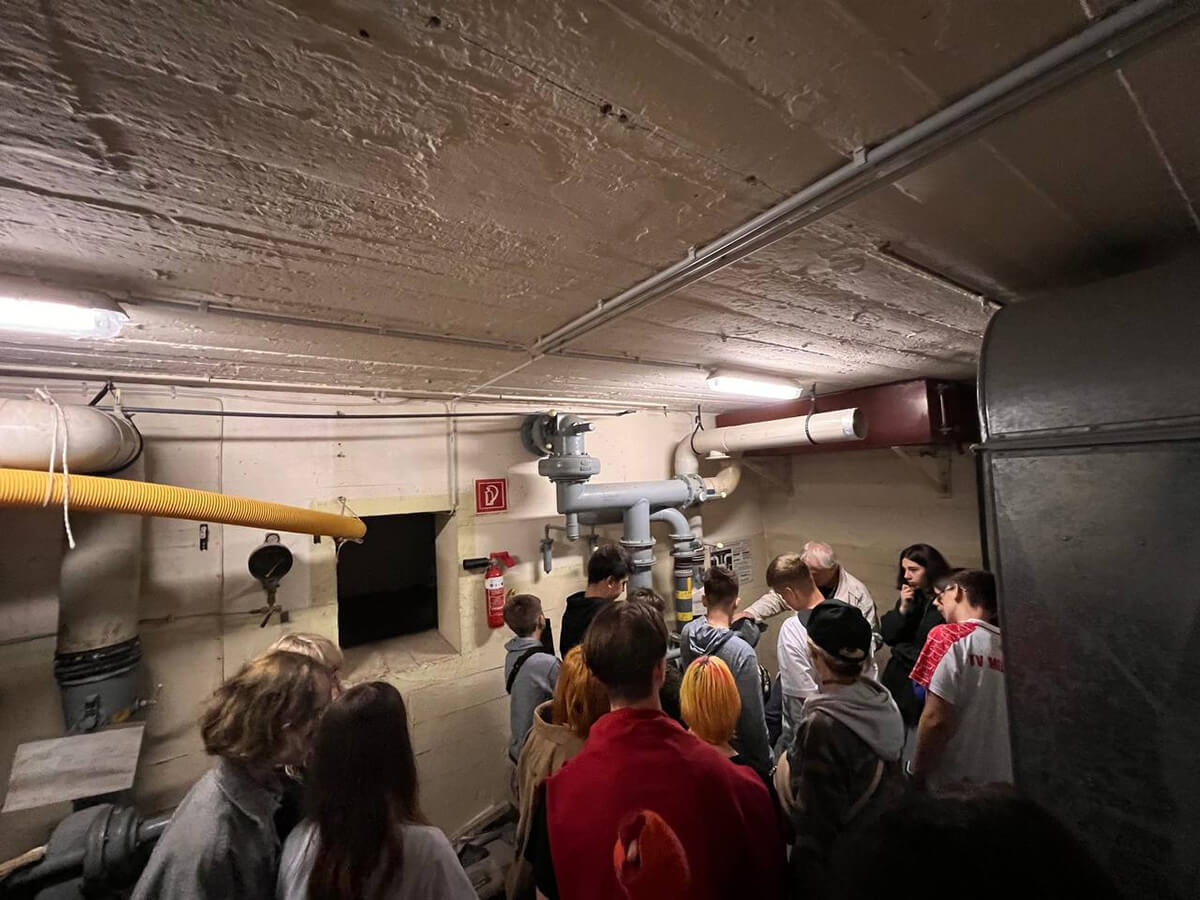
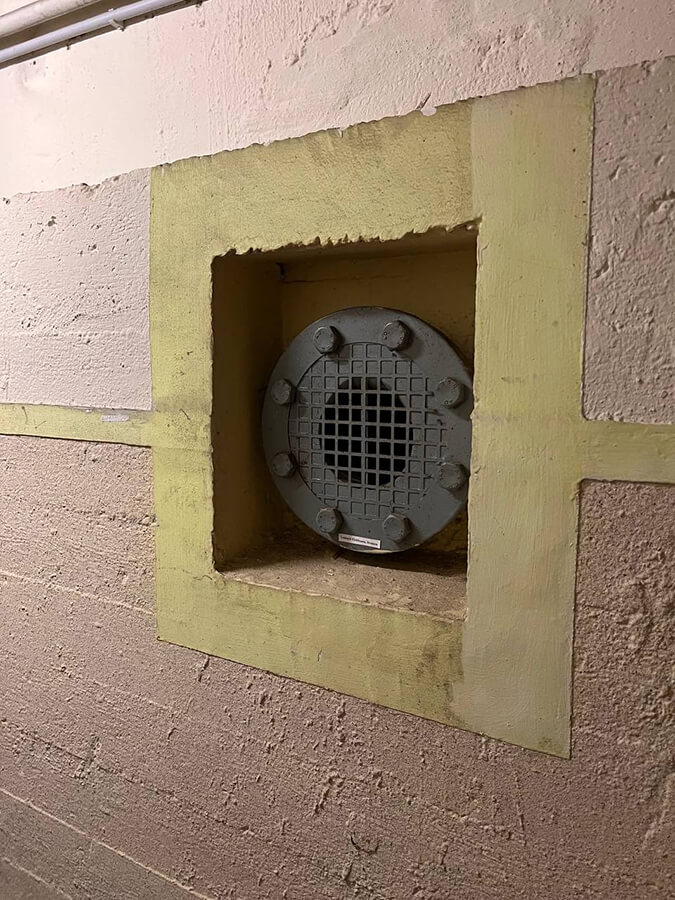
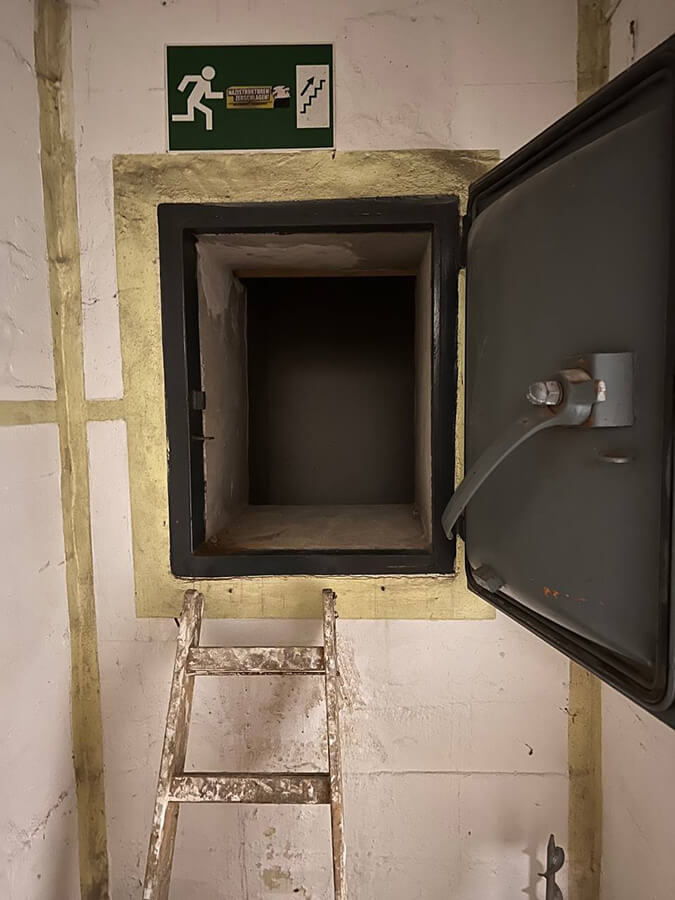
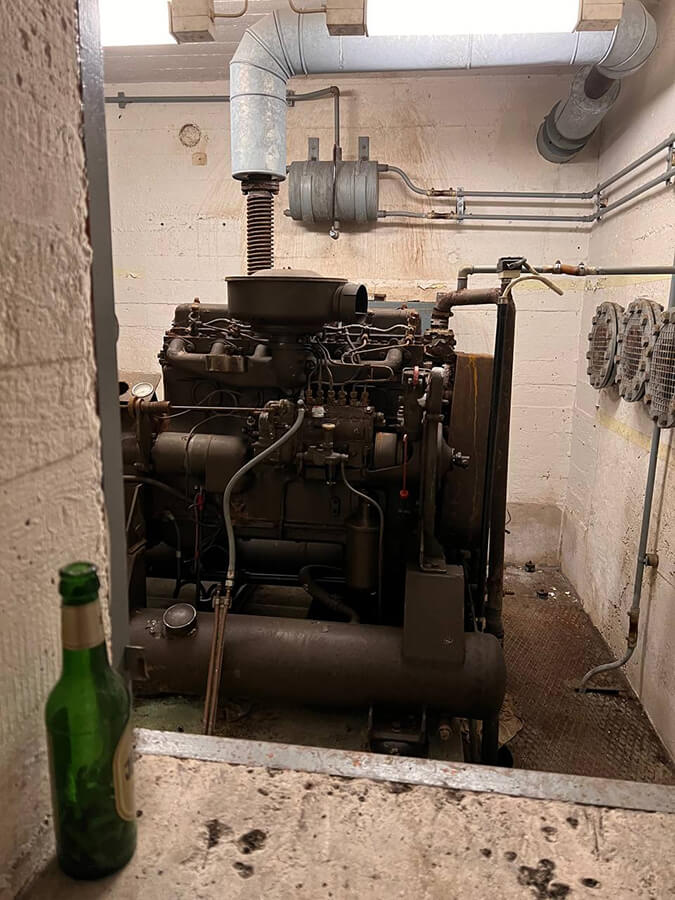



Yes, unfortunately, the state of most of “our” bomb shelters before the start of the Russian military aggression was in an unsatisfactory state. At some businesses, some storage facilities were more or less maintained, but most of the shelters in the housing stock were either flooded or clogged, and all defrosted.… (((
People and volunteers had to clear the storages on their own, pump out water, dry them, treat them from fungi, conduct electricity, clean ventilation, etc.
I have some logical questions:
WHY THE RESOURCES WERE NOT ALLOCATED FOR THE MAINTENANCE OF THE OBJECTS OF THE CZ (CIVIL PROTECTION)??? And if resources were allocated, then why are they not used for their intended purpose? Who is responsible for this?


